There’s something haunting about the sounds that once filled our days without us even noticing them. They were the soundtrack to ordinary life—the gentle hum of machinery, the satisfying clicks of analog technology, the ritual sounds of daily routines that we took completely for granted. Now, when we hear these sounds in old movies or stumble across them in real life, they stop us cold with a wave of nostalgia so strong it almost hurts.
1. The Distinctive Beep of Microwave Ovens
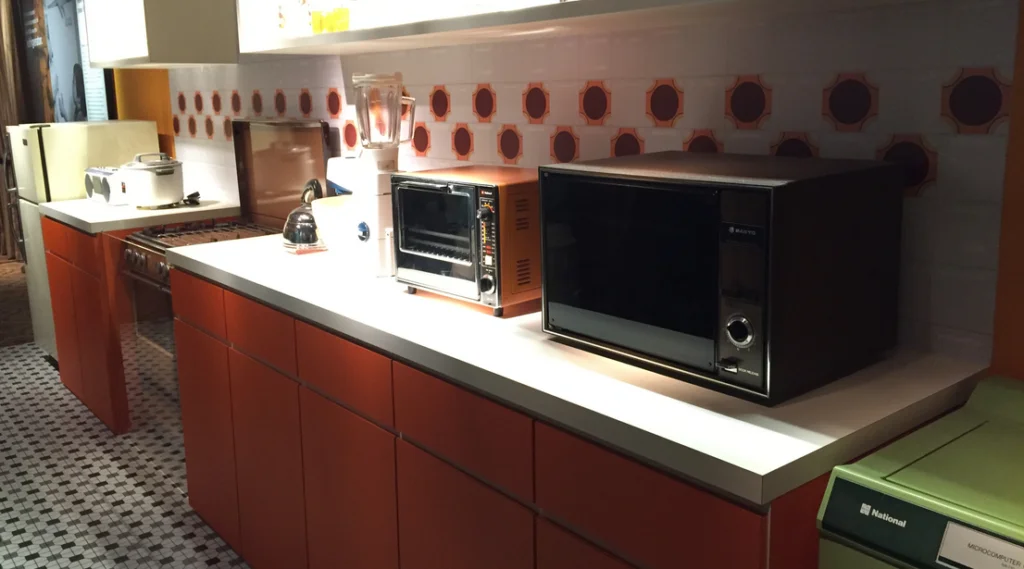
The early microwave oven announced itself with a space-age beep that seemed impossibly futuristic, like having a piece of the Jetsons’ kitchen right there on your countertop. That electronic tone—usually a series of sharp beeps when the cooking was done—was many families’ first taste of digital-age living, a sound that separated the modern household from the traditional one. The microwave’s timer ticking down added its own subtle soundtrack to kitchen life, a quiet electronic whisper counting toward the miracle of instant reheating.
The sound of the turntable rotating inside was oddly hypnotic, a gentle mechanical hum that accompanied the soft buzz of microwave energy doing its invisible work. Kids would stand mesmerized, watching their leftovers spin while listening to that quiet mechanical ballet. Those sounds represented the beginning of the convenience revolution, when families first discovered that dinner could be ready in minutes instead of hours, and that the future had arrived in a beige box on the kitchen counter.
2. The Steady Tick of Wall and Mantle Clocks
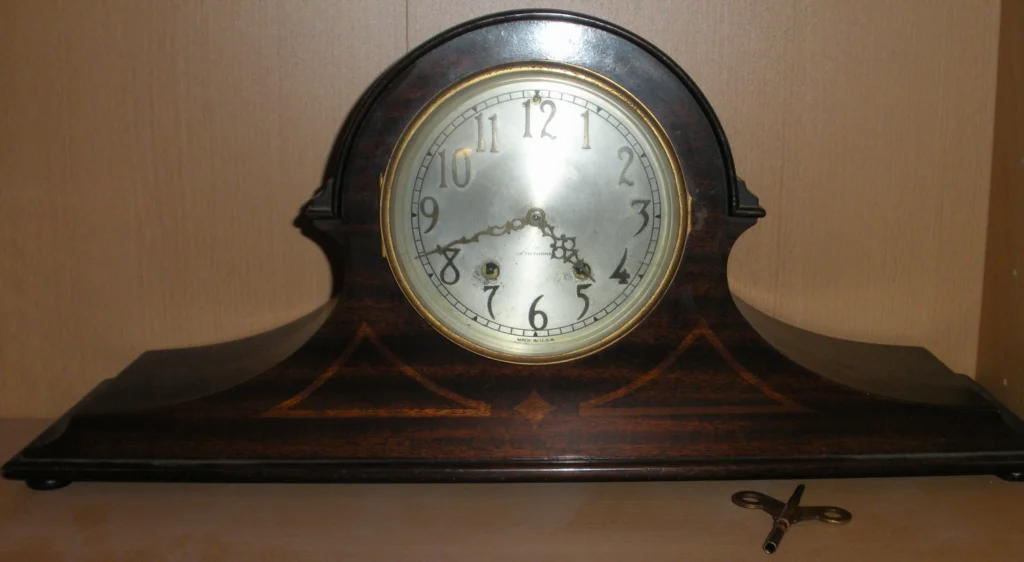
Time once had its own voice in every room—the steady, reliable tick-tock of mechanical clocks that marked each second with quiet authority. These weren’t just timepieces; they were the household’s heartbeat, providing a constant, comforting rhythm that made silence feel full rather than empty. The gentle chiming of the hour was a civilized reminder that time was passing, whether you were paying attention or not.
The sound of winding a clock was its own weekly ritual, a few turns of the key that reset the household’s temporal anchor for another seven days. When a clock stopped ticking, the silence was immediately noticeable—something vital had gone quiet, and someone needed to tend to it. Those steady ticks represented a time when keeping track of time required care and attention, when families gathered around the mantelpiece not just for warmth but to witness the mechanical miracle of measured time.
3. The Morning Symphony of Milk Bottles

Dawn in suburbia once came with its own soundtrack: the gentle clink of glass milk bottles being delivered to front porches across the neighborhood. The milkman’s truck would hum quietly from house to house, followed by the soft footsteps and the careful placement of fresh bottles next to the empties. There was something magical about that early morning exchange, like having a friendly ghost leave presents while you slept.
The sound of those bottles clinking together as you brought them inside was the sound of trust and routine, of a world where people still did business on handshakes and monthly tabs. Kids would fight over who got to shake the cream back into the milk, and mothers would rinse those bottles so thoroughly they sparkled. That gentle glass music represented a time when even the most basic transactions were personal, when your milkman knew your family and your preferences.
4. The Mechanical Ballet of Manual Typewriters
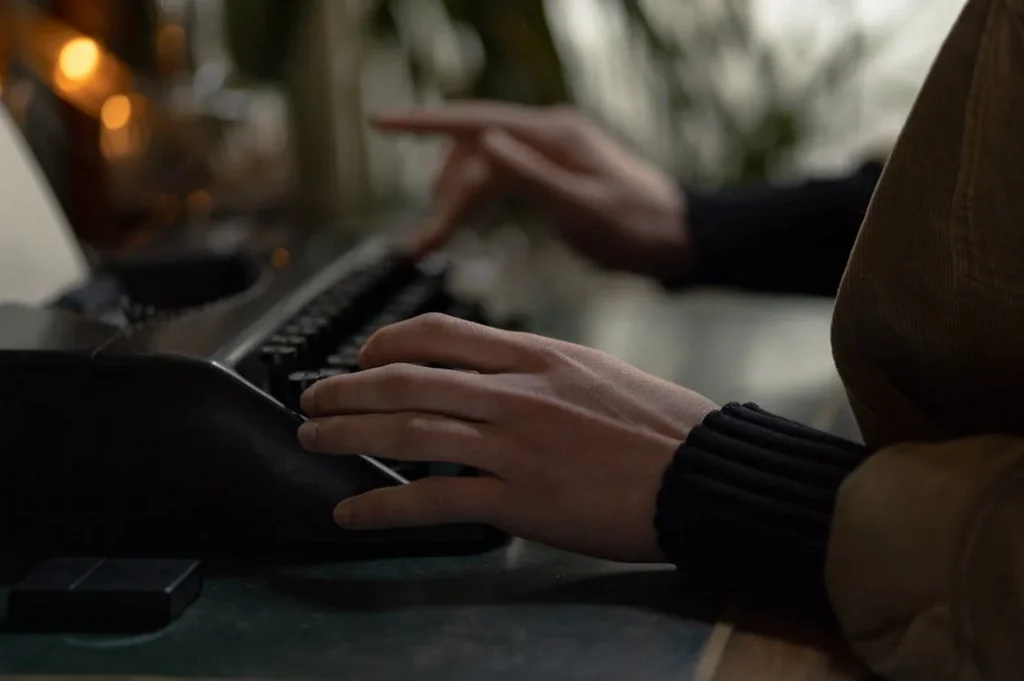
The typewriter wasn’t just a tool—it was a percussion instrument that turned every writer into a drummer, every letter into a tiny hammer strike against the ribbon and paper. The rhythm of typing had its own language: the rapid-fire staccato of someone in the zone, the hesitant pecking of hunt-and-peck typists, the triumphant ding of the margin bell warning you to return the carriage. Every document bore the physical imprint of effort, literally pressed into the paper with metallic authority.
The sound of the carriage return was like a tiny celebration at the end of each line, a satisfying zip and thunk that marked progress in the most tangible way. Mistakes meant starting over or reaching for that correction tape, making every word choice feel consequential. The whole machine hummed with mechanical honesty—what you typed was what you got, and the sounds it made were proof that real work was happening.
5. The Gentle Hum of Tube Television Warm-Up
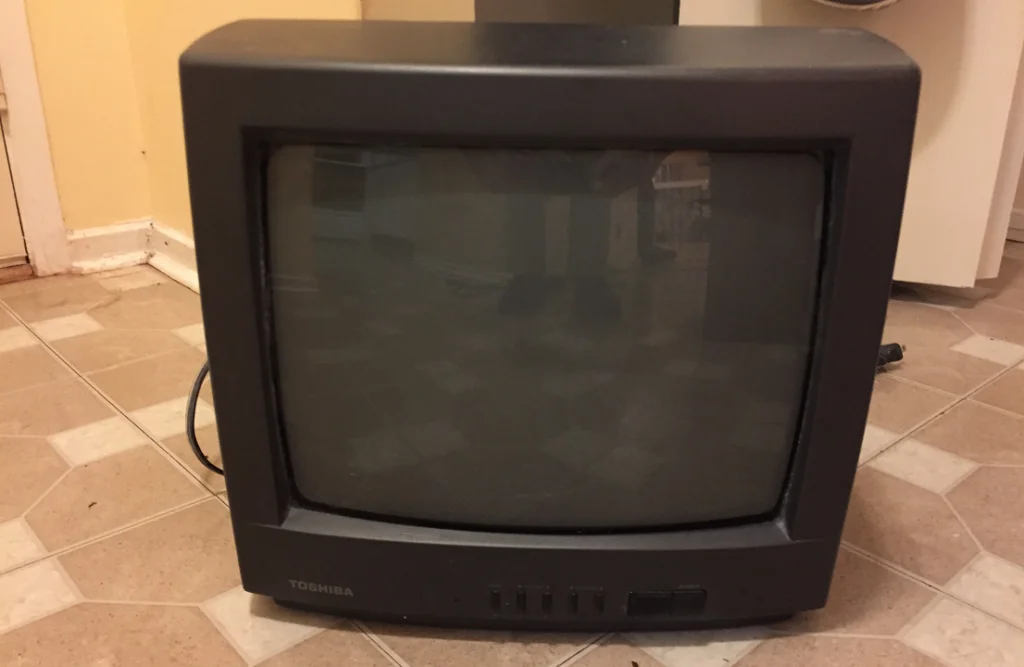
Turning on the television was once a ritual that began with that distinctive electrical hum as the picture tube warmed to life. You’d hear the static pop and crackle as the screen brightened from a tiny dot in the center to full picture, sometimes taking thirty seconds or more to reach full brightness. That warm-up period gave you time to settle in, to prepare for whatever entertainment or news was about to fill your living room.
The sound of changing channels was equally distinctive—the mechanical chunk of the dial turner, followed by the brief static and snow as the set searched for the next signal. Late at night, you’d hear the high-pitched whine of the television tube, and everyone knew to turn down the volume when parents were trying to sleep. These sets were furniture as much as electronics, substantial pieces that announced their presence in the room with both sight and sound.
6. The Rhythmic Chug of Window Air Conditioners
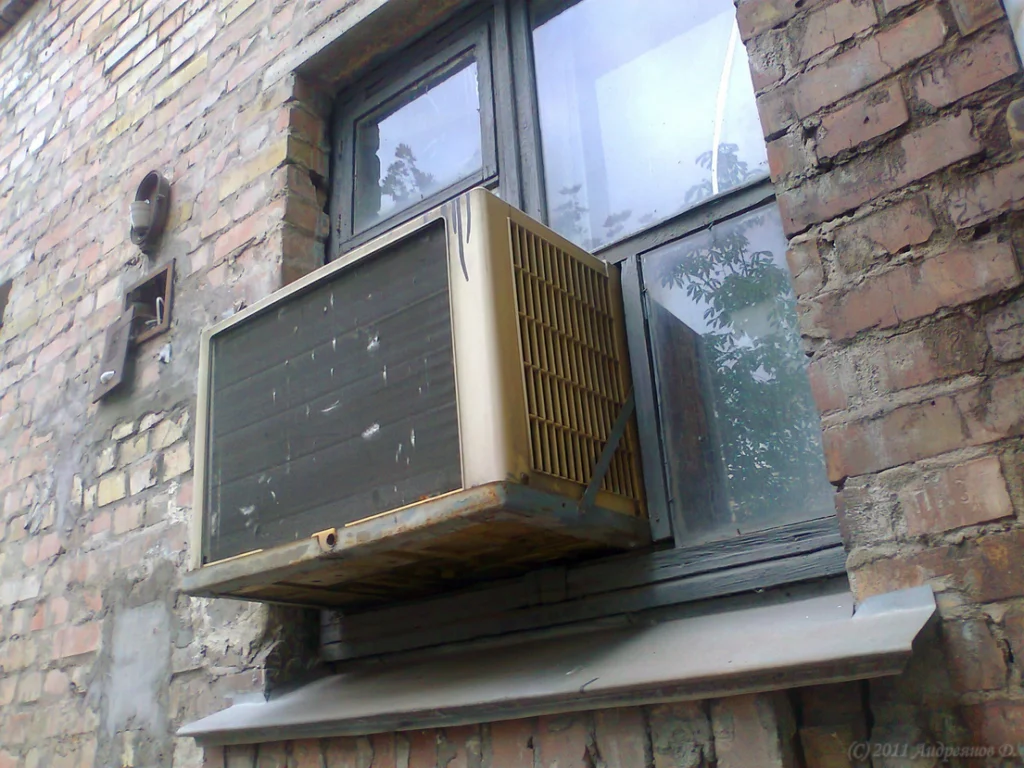
Summer meant the constant, rhythmic drone of window air conditioning units struggling against the heat, creating a white noise backdrop that became the unofficial soundtrack of hot weather. These units didn’t whisper like modern central air—they announced themselves with authority, cycling on and off with mechanical determination that you could hear from outside the house. The sound was both comforting and urgent, promising relief while reminding you that comfort came with effort and expense.
Each unit had its own personality in sound—some hummed smoothly, others rattled and wheezed, and the really old ones would occasionally make alarming clunking sounds that sent someone running to check if everything was still working. The blessed silence when they finally cycled off was almost as noticeable as the noise when they kicked back on. Those sounds represented the democracy of comfort in an era before central air, when cooling your home meant strategic window placement and crossing your fingers that your faithful old unit would make it through another summer.
7. The Morning Alarm of Coffee Percolators
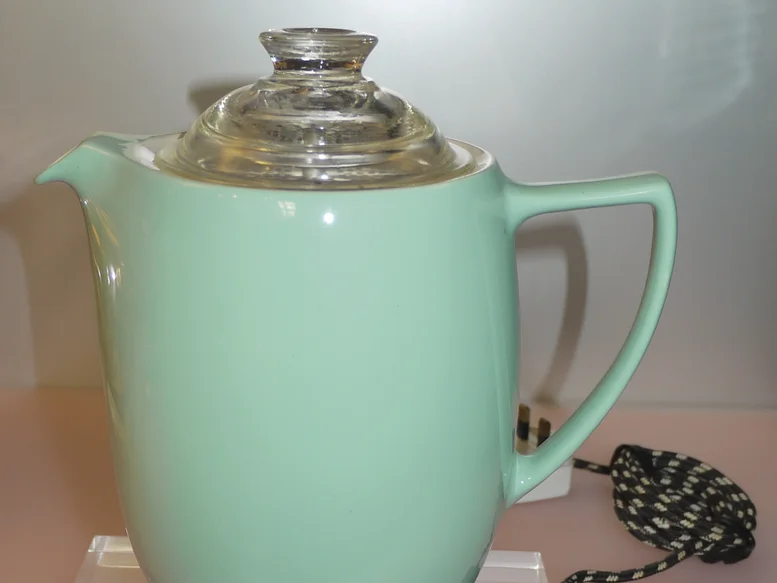
The coffee percolator was the original morning alarm clock, starting its gentle bubbling symphony long before anyone was officially awake. That rhythmic perking sound—blup, blup, blup—was the household’s first sign of life, building from a slow drip to an energetic bubble as the coffee strengthened and the day officially began. You could judge the coffee’s progress by ear alone, waiting for that perfect rhythm that meant breakfast could officially start.
The sound was so reliable and comforting that many people used it as a natural wake-up call, much gentler than any alarm clock. The percolator’s final sigh as it finished brewing was like a satisfied exhale, job well done. That bubbling soundtrack represented a time when making coffee was a small daily ritual, when the first person up performed a service for the whole household, and when the smell and sound of brewing coffee was how a house came alive each morning.
8. The Satisfying Ka-Chunk of Car Doors
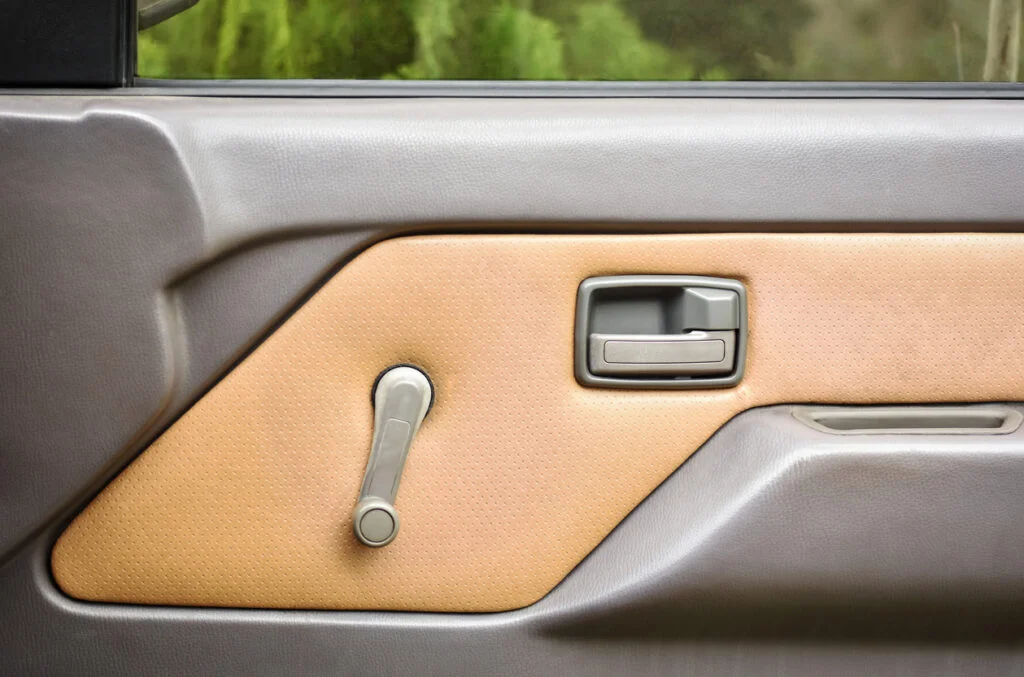
Cars in the ’60s, ’70s, and ’80s didn’t just close—they shut with authority, a deep, metallic thunk that convinced you the door was actually sealed and secure. That sound was pure engineering confidence, the result of heavy steel construction and solid mechanical latches that engaged with satisfying precision. You could tell the quality of a car just by listening to its doors close, and luxury vehicles had their own distinctive, deeper thunk that spoke of superior craftsmanship.
The sound of a car door closing was also deeply social—it announced arrivals and departures, marked the beginning and end of journeys both mundane and momentous. Kids learned to slam doors just right to get that perfect sound, and adults could identify family members by their particular door-closing technique. That solid thunk represented an era when cars were built like small fortresses, when getting in and out felt like entering and exiting a substantial, protective space.
9. The Whistle and Hiss of Pressure Cookers
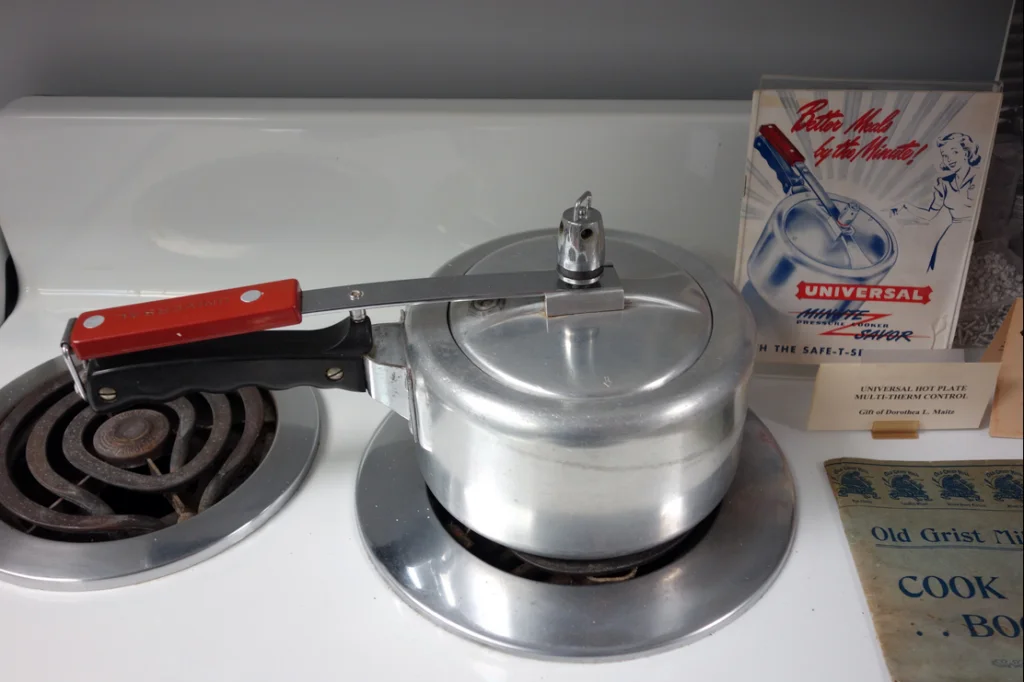
The pressure cooker was the kitchen’s most dramatic performer, building tension with its increasingly urgent whistle until someone rushed to turn down the heat and prevent a culinary explosion. That rising steam whistle was both thrilling and slightly terrifying, a sound that could send children running from the kitchen and make adults check their watches to make sure dinner wouldn’t turn into disaster. The whole process was like cooking with a small, controlled volcano right there on the stovetop.
The gentle hiss of steam escaping through the pressure valve was oddly comforting once you got used to it, like the kitchen’s way of breathing while it worked its magic on tough cuts of meat and stubborn vegetables. The final release of pressure at the end was both relief and celebration, a dramatic whoosh that announced dinner was ready. Those sounds represented an era when cooking required more courage and attention, when preparing a meal could feel like conducting a small symphony of controlled chaos.
10. The Gentle Whir of Film Cameras Advancing
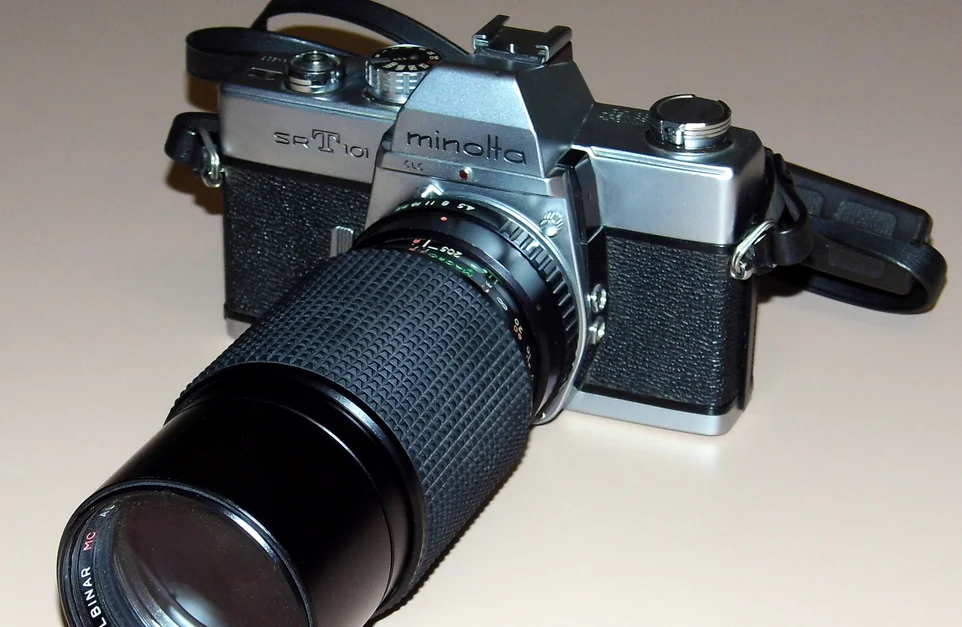
Every photograph was once accompanied by its own little mechanical celebration—the satisfying whir and click of film advancing to the next frame after each shot. That sound was anticipation and accomplishment rolled into one, proof that you’d captured something worth keeping and were ready for the next moment worth preserving. The ritual of advancing the film manually made every photo feel deliberate and precious, since you had exactly 24 or 36 chances to get it right.
The sound of reaching the end of a roll was particularly distinctive—a slightly different resistance and tone that meant it was time to rewind and start fresh with a new roll of film. Loading new film came with its own soundtrack of mechanical clicks and whirs as you threaded it properly and wound it onto the take-up reel. Those sounds represented a time when photography required planning, patience, and genuine skill, when every click of the shutter was an investment in preserving memory.
11. The Whir and Click of Slide Projectors
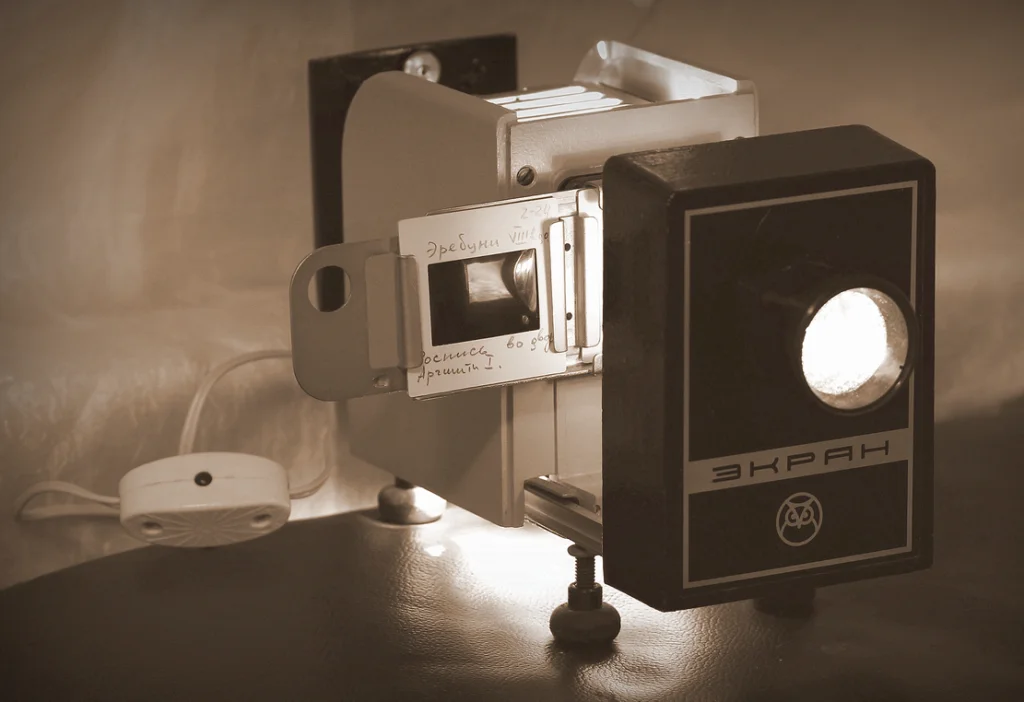
Remember gathering in darkened living rooms or school auditoriums, waiting for that familiar whirring sound as the slide projector warmed up? The mechanical ka-chunk of each slide advancing was as much a part of the experience as the images themselves, creating a rhythm that turned vacation photos into a kind of visual symphony. That sound meant someone cared enough to organize their memories, to invite you into their world one carefully mounted slide at a time.
The slight delay between the click and the image appearing on screen gave every photo presentation a sense of anticipation and ceremony. You’d hear the fan running to keep the bulb cool, occasionally accompanied by the gentle curse word when a slide got stuck or appeared upside down. Those sounds represented an era when sharing memories required effort, planning, and a captive audience—when every photo was precious because film and developing cost real money.
12. The Distinctive Ring of Rotary Phones
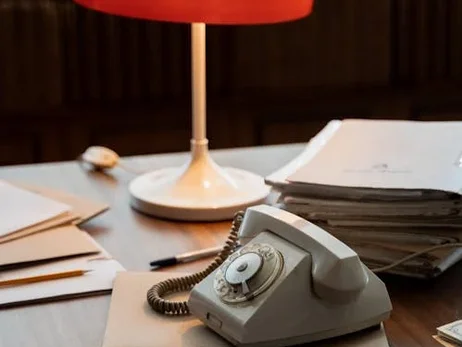
The rotary phone didn’t just ring—it practically shouted at you with that metallic, urgent clang that could wake the dead. Each number you dialed created its own little mechanical symphony as the dial spun back to position, and there was something deeply satisfying about the weight and precision of the whole process. You had to commit to each call because hanging up and starting over meant starting that whole deliberate ritual again.
That sound demanded respect and attention in a way that modern ringtones simply can’t match. When the phone rang, everyone in the house knew it, and someone had to physically get up and answer it—no screening, no ignoring, just pure analog urgency. The busy signal that followed an engaged line was almost musical in its steady rhythm, a polite but firm reminder that communication required patience and timing.
These sounds weren’t just background noise—they were the audio signatures of a different pace of life, when technology served us with honest mechanical effort rather than silent digital efficiency. Each beep, whir, tick, and hum was a small conversation between humans and their tools, a reminder that the world was full of working parts you could hear, understand, and even fix when they went quiet. In losing these sounds, we’ve gained convenience but lost a kind of mechanical poetry that once made even the most ordinary day feel like it had its own distinctive soundtrack.
This story 12 Sounds That Were Everyday Background Noise—and Now Feel Like Ghosts was first published on Takes Me Back.


